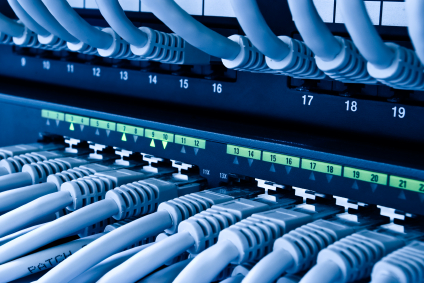NETWORK ARCHITECTURE AND COMPUTER NETWORKS
NETWORK ARCHITECTURE
In communications, data is transferred either in parallel or serial. Parallel communications is faster but requires more wires. Serial communications is much slower but requires fewer wires. Serial is more practical for communications with remote sites, and the existing telephone system can be used for the communications link to various locations by the use of modems. Most, if not all, computer networks use serial communications for linking computers. The network architecture defines the message and data formats as well as the protocols and other standards to which the hardware andsoftware must conform to in order to meet certain objectives. These objectives are listed below:

Comments
Post a Comment